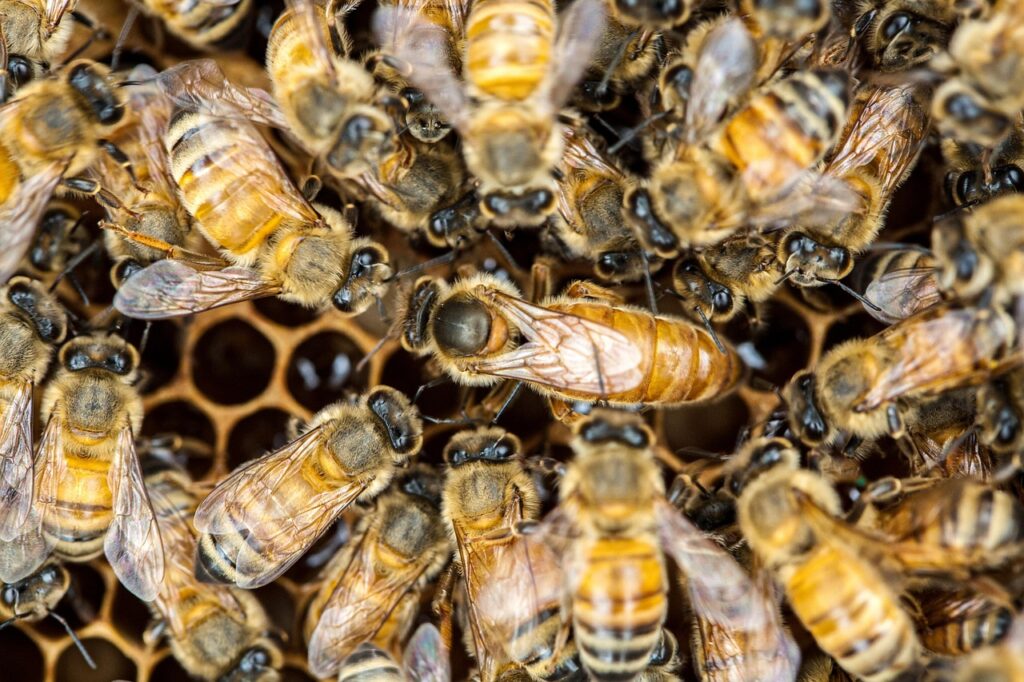What common myths about bee life span might cause misjudgment of their importance?
• Myth 1:
All bees live a long time. In reality, most adults have very short lifespans. Solitary bees live only a few weeks, just long enough to mate and reproduce, while honeybee and bumblebee workers typically live about 4-6 weeks. Queens live much longer—bumblebee queens up to a year and honeybee queens up to 3-5 years[1][2][3][4].
• Myth 2:
Worker bees live for months or years like the queen. Worker bees are the colony’s labor force and constantly work themselves to exhaustion, often dying within weeks. Their short lifespan contrasts sharply with the queen’s longevity, which is necessary for ongoing colony survival[3][4].
• Myth 3:
All bees live in hives year-round. Only social bees, about 10% of species, live in hives. Many solitary bees spend most of their lives as larvae, pupae, or dormant adults, emerging for just a few weeks to reproduce. This lifecycle nuance is often overlooked[1].
These myths can cause people to underestimate the critical role of bees because:
• The short, intense worker lifespan is not widely appreciated, leading to misconceptions that individual bees are less important or replaceable, when in fact their continuous work drives pollination and colony health.
• Misunderstanding bee population dynamics may reduce urgency to protect nesting habitats or forage areas for solitary bees whose life cycles differ greatly from honeybees.
• People may overlook the complexity of bee species diversity and their distinct lifespans, leading to generalized protection efforts that favor honeybees while neglecting other vital native bees.
• Thinking that individual bees live long leads to underestimating colony vulnerability due to high daily mortality rates (about 1,000-1,200 worker bees lost per day during nectar flow in a honeybee colony).
In summary, debunking lifespan myths is essential because recognizing the short but vital adult phase of most bees highlights their ecological importance, the fragility of pollination services, and the need for habitat and species-specific conservation.
Understanding these details fosters more informed support for protecting all bee populations critical to agriculture and biodiversity[1][3][4].
⁂
1. https://www.noble.org/regenerative-agriculture/wildlife/11-things-people-believe-about-bees-that-arent-true/
2. https://www.mrwasp.co.uk/five-common-myths-about-bees
3. https://www.honeybeesuite.com/to-save-a-dying-bee/
4. https://www.orkin.com/pests/stinging-pests/bees/honey-bees/honey-bee-life-span



